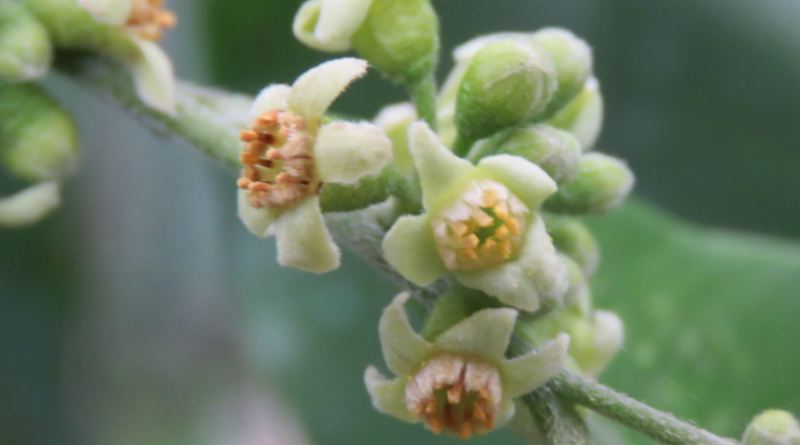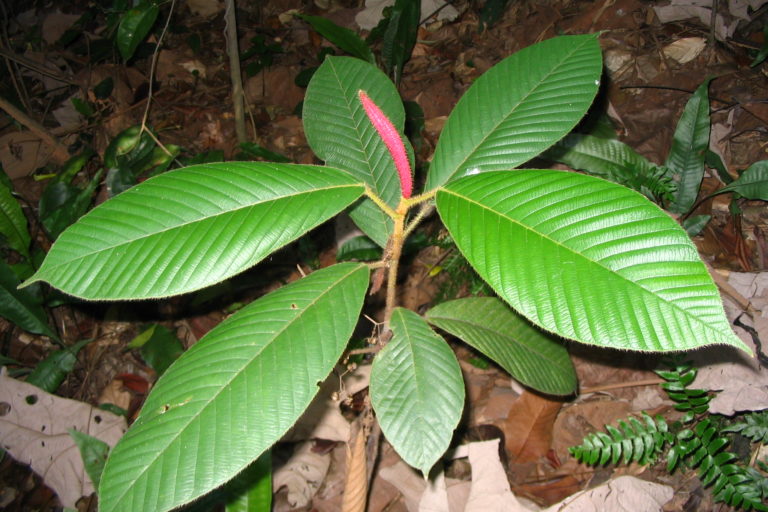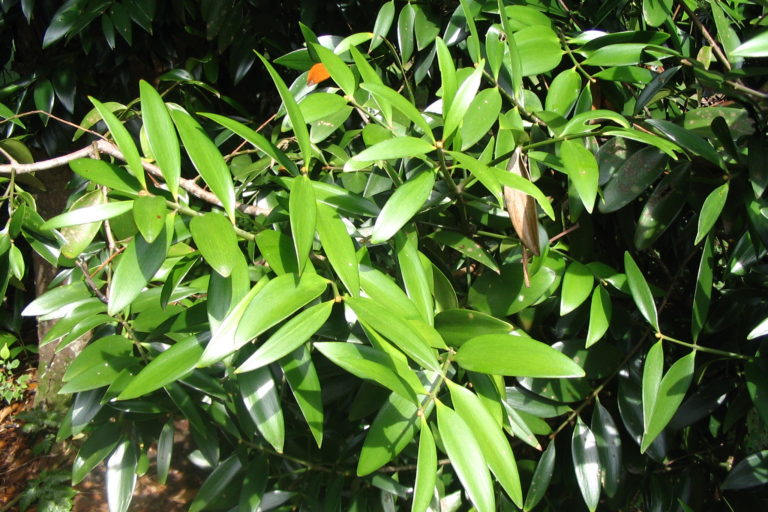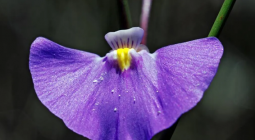Climate change threatens to squeeze out Indonesia’s medicinal plants

- More than half of medicinal plant species in Indonesia won’t be able to grow in most of their current range by 2050 due to climate change, a new study says.
- Researchers say medicinal plant species on the islands of New Guinea, Java and Sulawesi will see the largest reduction in distribution area, in part due to sea level rise in these regions.
- The economic value of medicinal plants in Indonesia, coupled with other threats and a lack of resources for their conservation, makes it urgent that active conservation programs be put in place, the researchers say.
- Medicinal plants are valuable species not only for personal health but also for their economic value as they are traded by local and Indigenous communities.
JAKARTA — More than half of Indonesian medicinal plant species won’t be able to grow in most of their current range by 2050 due to climate change impacts, according to a new study.
Twenty-six of the 43 medicinal plant species that the study authors looked at are expected to lose up to 80% of their distribution area under future scenarios for medium and high levels of greenhouse gas emissions by 2050 and 2080, a group of global experts wrote in the journal Global Ecology and Conservation on Aug. 13.
Species on the islands of New Guinea, Java and Sulawesi are projected to have the largest reduction in range, in part due to sea level rise in these regions, the authors wrote in the journal Global Ecology and Conservation on Aug. 13.
“Our results predict that the number of medicinal plant species listed in the threatened IUCN Red List categories will increase under all future scenarios,” said lead author Ria Cahyaningsih, a botanist at the University of Birmingham, U.K., and the Indonesian Institute of Sciences (LIPI).

Medicinal plants are valuable species not only for personal health but also for their economic value, as they are traded by local and Indigenous communities. The Indonesian government calculated the economic value of the country’s medicinal plants in 2013 at $14.6 billion. Globally, the trade of medicinal plants in 2005 was worth more than $3 billion, with the World Health Organization estimating it will increase to $5 trillion by 2050.
Indonesia is the world’s largest archipelagic country and the most biodiverse in Southeast Asia. The country is home to an estimated 10% of the world’s plant species. At least 80% of the medicinal plants in Southeast Asia region can be found in Indonesia, both native and introduced.
Climate change isn’t the only threat to medicinal plants, whose habitats are also being lost to deforestation. In one case, deforestation in Malaysian Borneo nearly eradicated a potential anti-HIV drug before it was discovered.
For the recent study, the scientists analyzed the impact of climate change on Indonesian medicinal plants using species richness, loss and gain of species, turnover, and threat level based on the IUCN Red List.
The study also identified 20 medicinal plant species as potentially being the most threatened by climate change in the future. Most of these are tree species (68.18%) and shrub species (18.18%), while the rest are herbs (9.09%) and climbers (4.54%). They include Dipterocarpus baudii and Macaranga griffithiana (listed as vulnerable on the IUCN Red List); Agathis borneensis and Castanopsis argentea (endangered); Aquilaria malaccensis and Shorea seminis (critically endangered).
These medicinal plants are native, some of them endemic, to Indonesia. They have limited range and are harvested in a destructive manner (removing the rooting parts, bark or harvesting the entire plant), and include species listed under international legislation.

The economic value of medicinal plants in Indonesia, coupled with other threats and a lack of resources for their conservation, makes it urgent that active conservation programs are put in place, the study authors say.
“The effective in-situ and ex-situ conservation of Indonesian medicinal plant species should be a regional and global priority,” Cahyaningsih said.
They also call for conservation planning to begin with species that are projected to become critically endangered in the future and within those areas with the highest loss of species, including the provinces of East Java, South Sulawesi and Papua.
“This will guarantee their existence for utility and other research, such as ethnobotany, identification of medicinal plant compounds and clinical experiments with medicinal plants in Indonesia, and at regional and global levels,” Cahyaningsih said.

Citation:
Cahyaningsih, R., Phillips, J., Magos Brehm, J., Gaisberger, H., & Maxted, N. (2021). Climate change impact on medicinal plants in Indonesia. Global Ecology and Conservation. doi:10.1016/j.gecco.2021.e01752
MONGABAY




